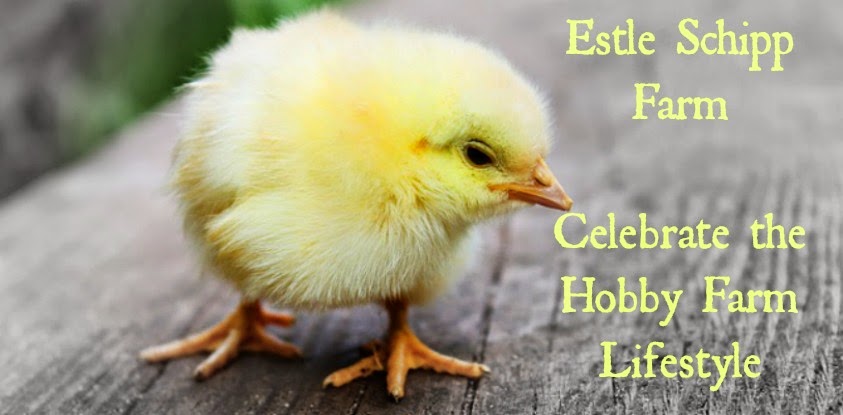Not a fan of spiders. I saw the movie 'Arachnophobia,' which was single-handedly rated in the top three worst choices of my life.
Chris Pine
Fear of spiders is so common that it is estimated that about 50% of the population say they have an aversion to the creatures. While I wouldn't exactly say I am afraid...I certainly do not like suddenly seeing one unexpectedly. They are just so silent in their movement and the way they skitter about can give me the creepy crawlies. Not to mention how unpleasant it is to walk into a web unexpectedly...and I feel bad for all that work was put into spinning and building it being wasted. Spider webs have a true beauty in construction that I find fascinating..but I digress.
Spiders outside I like. I like the work they do and that they have an appetite for insects like flies and mosquitoes. That makes them pretty useful around the farm. However, spiders inside the house (or my car as I was recently surprised by one quite unexpectedly!) I do not like so much.
Since I strive for using as natural products as possible in my home, I'm not a fan of using chemical sprays for insects. I started seeking more natural ways to discourage spiders from residing within my humble abode.
When we first moved here, I started seeing these green ball-like fruits all over the place. We have an abundance of Osage-orange trees on our property. Most of the time, we are frustrated having them because they have very long, sharp thorns that can puncture a lawn-mower tire...but at this time of year, they bless us with their fruit. This fruit is non-edible (for humans or animals) and after doing some research, I found that they are traditionally used as a insect repellent.
Toxicologists at Iowa State University tested compounds from hedge-apples and found, if concentrated enough, the insect repellent factor was effective. However, in the natural concentration in just the fruit alone, it was not as effective.
So, I tried them...I didn't have anything to lose. I placed one in nearly every corner of the house and did see a decrease in the spider population. They have a scent reminiscent of citronella so that is probably the reason they are effective. In full disclosure though, there was one corner of the living room where a rather large wolf spider made it's home right next to the hedge-apple.
I can't say it is a foolproof method but I think the hedge-apple treatment helped and had the bonus of being natural and FREE! Do you have hedge-apples where you live?
Peace,
Star
















